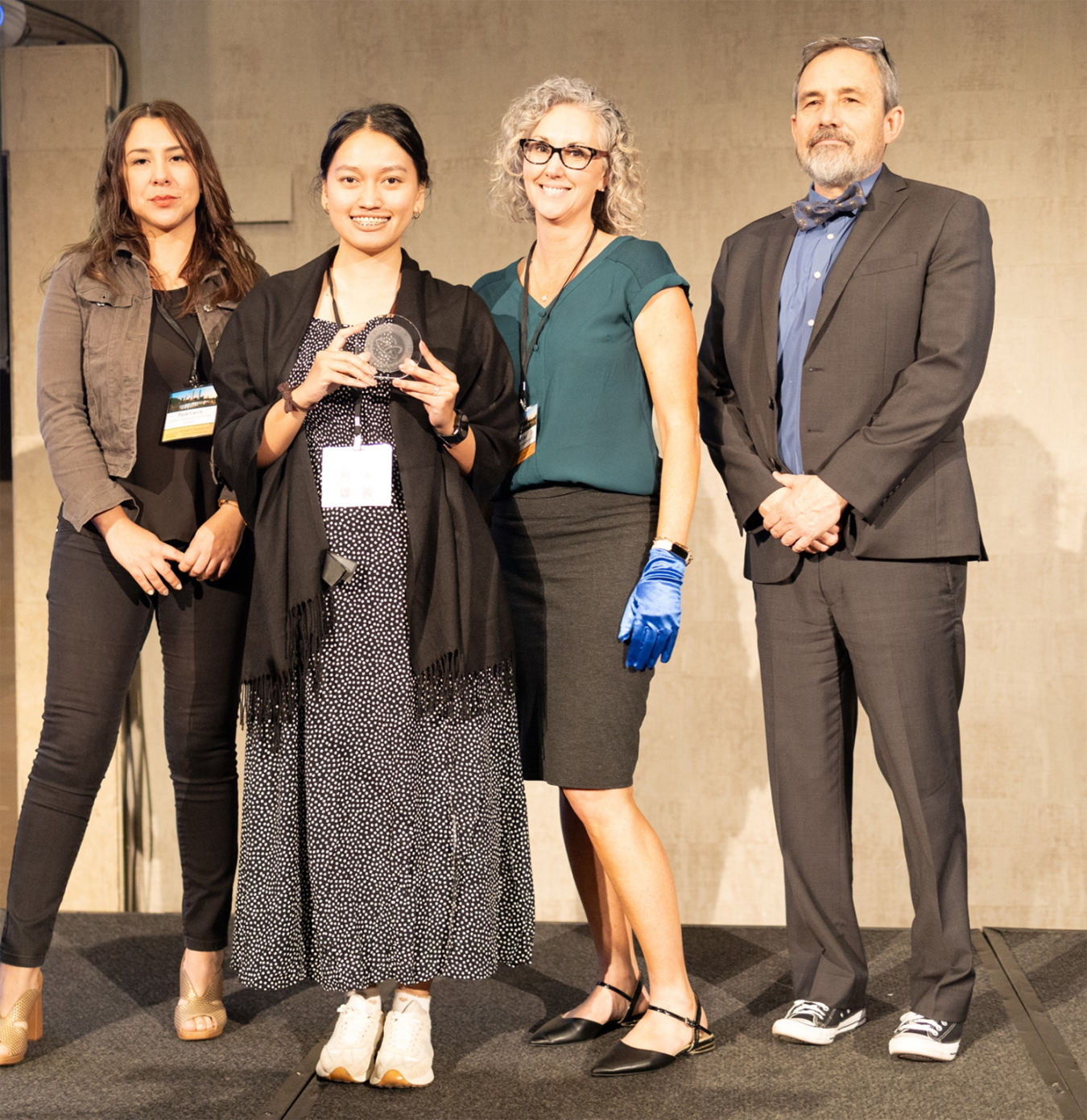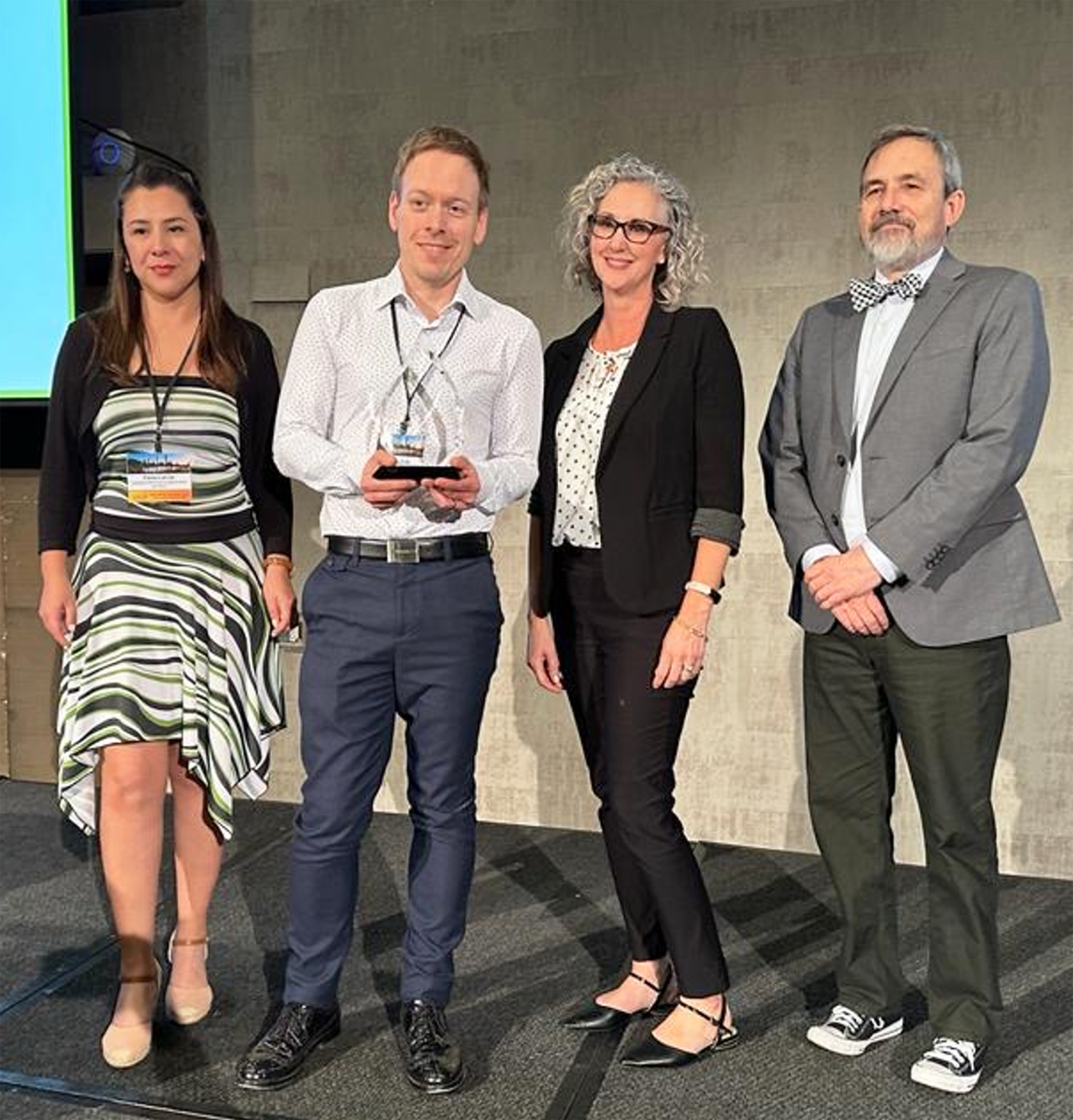As part of the effort to detect nuclear explosive tests around the world – a vital NNSA mission – scientists gathered in Santiago, Chile, this month to discuss radioactive emissions from peaceful sources, such as during the production of medical isotopes.
National Nuclear Security Administration
December 13, 2023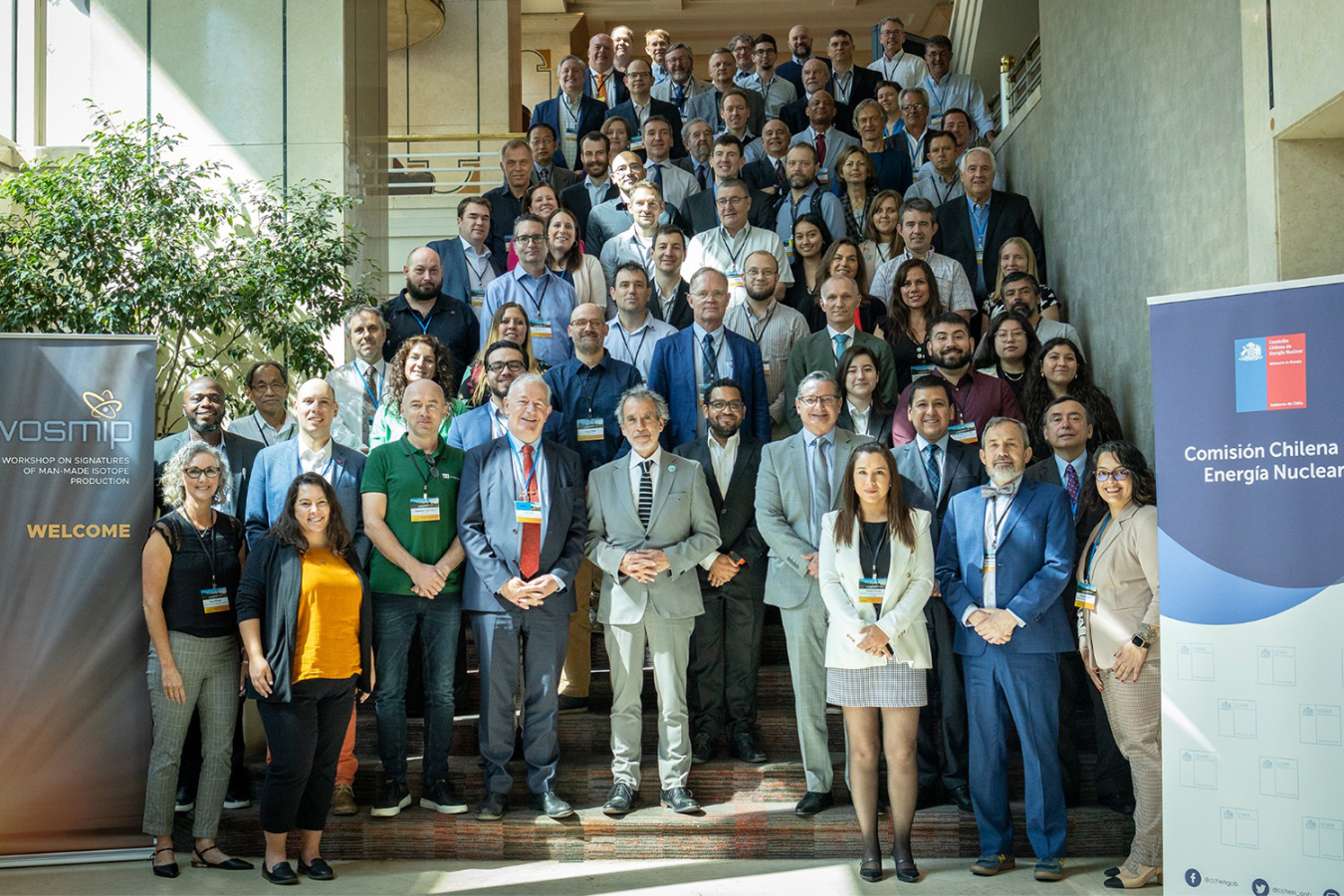
As part of the effort to detect nuclear explosive tests around the world – a vital NNSA mission – scientists gathered in Santiago, Chile, this month to discuss radioactive emissions from peaceful sources, such as during the production of medical isotopes. The experts met to discuss how to solve the puzzle of differentiating the two, which can look similar on radionuclide detection systems.
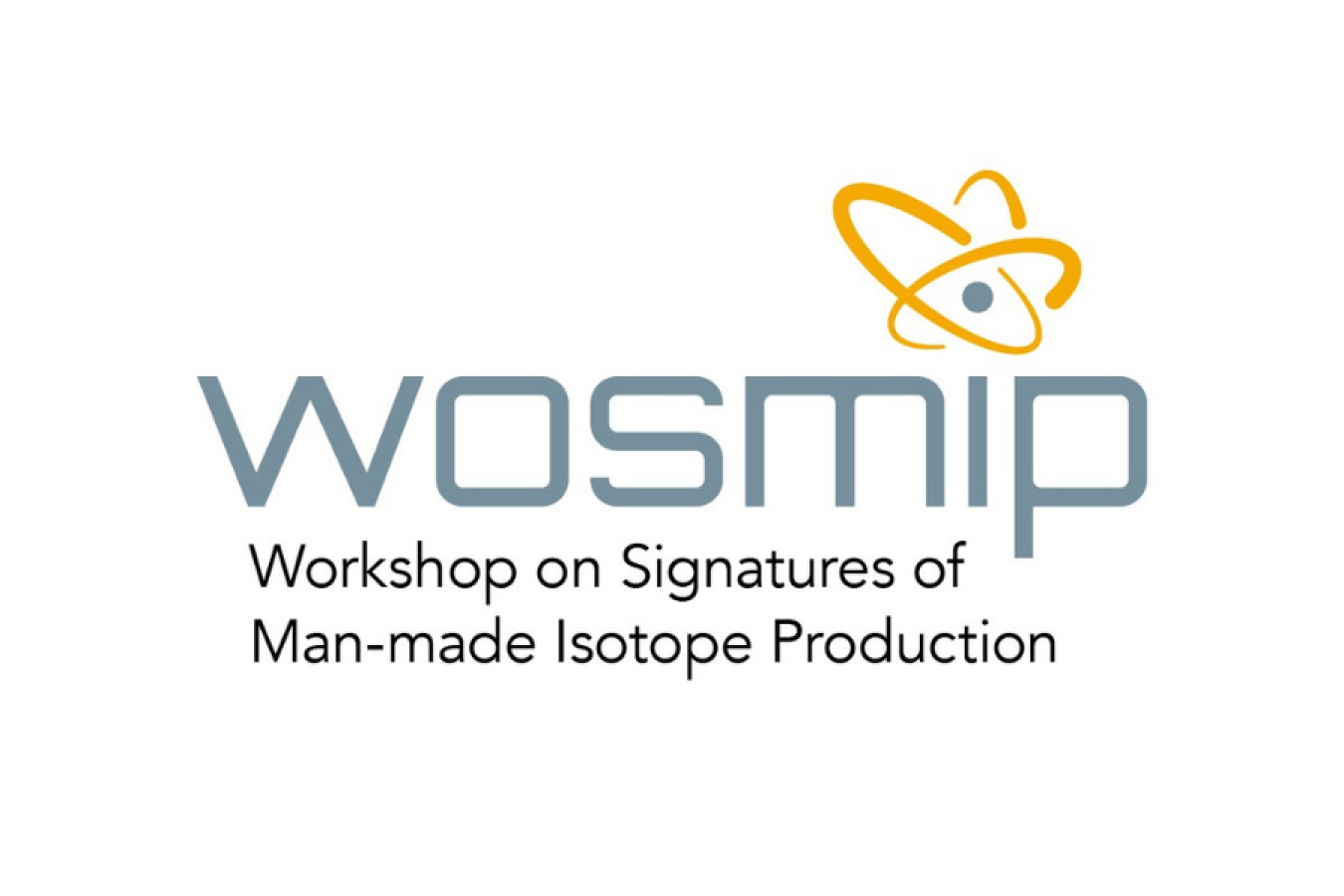
As part of its work for NNSA, the U.S. Department of Energy’s Pacific Northwest National Laboratory (PNNL) joined the Chilean Nuclear Energy Commission of the Ministry of Energy (CCHEN) to host the ninth Workshop on Signatures of Man-made Isotope Production (WOSMIP). This gathering brought together experts from around the world to discuss ways to tell the different emissions apart.
“We are proud to sponsor WOSMIP and bring together the isotope production and nuclear explosion monitoring communities,” said NNSA Deputy Administrator for Defense Nuclear Nonproliferation Corey Hinderstein. “International collaboration on nonproliferation issues is needed now more than ever, and we value our partnership with Chile.”
We are proud to sponsor WOSMIP and bring together the isotope production and nuclear explosion monitoring communities. International collaboration on nonproliferation issues is needed now more than ever, and we value our partnership with Chile.
More than 100 scientists took part in the December 5-7 workshop focusing on how to better understand and mitigate the harmless radioxenon emissions from facilities that produce isotopes used in medicine and nuclear power generation from other signals indicative of nuclear explosions.
The challenge lies in the similarity of these signals, despite their drastically different origins. Globally, advanced facilities produce medical isotopes, crucial for diagnosing heart conditions, combating cancer, and treating numerous diseases. These facilities also produce emissions similar to those that can arise from nuclear explosive tests.
CCHEN and PNNL are also collaborating on the Source Term Analysis of Xenon (STAX) project. This data collection effort is aimed at better understanding the global radioxenon background that exists in the environment and improving the ability to detect nuclear explosions.
“Our commitment as a public institution is to expand our capabilities and explore new avenues for peaceful uses of nuclear sciences, with an emphasis in safe operation and secure facilities. Hosting WOSMIP and monitoring our isotope production facility are ways that Chile demonstrates its commitment to both the safe use of nuclear technology and nonproliferation,” said Dr. Luis Huerta Torchio, Executive Director of CCHEN. “We look forward to expanding our work with NNSA and the international nonproliferation community.”
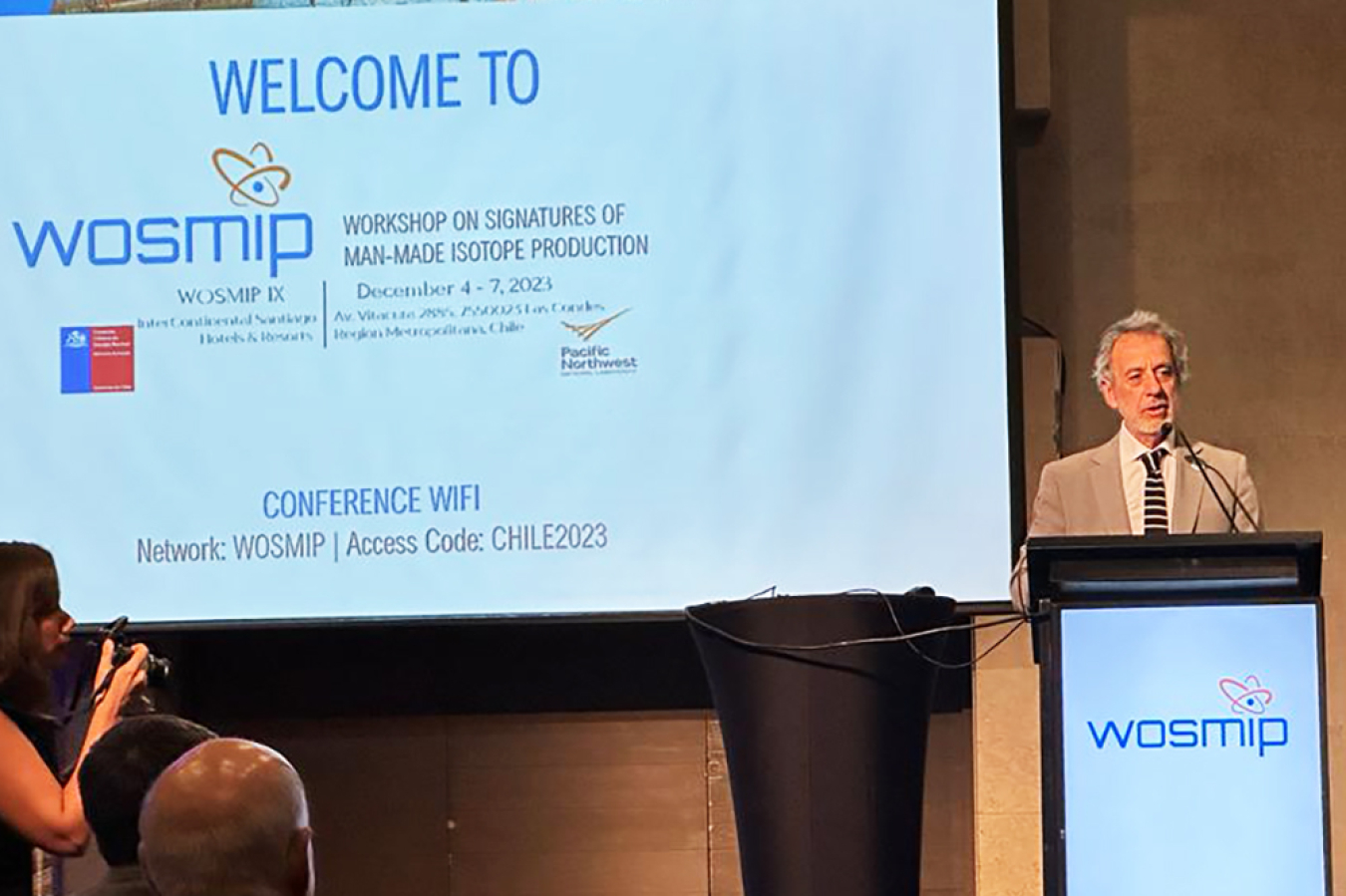
CCHEN is dedicated to promoting the safe and peaceful use of nuclear technology. Hosting WOSMIP and its participation in the STAX project underscore this commitment. The agency will work with PNNL to standardize technology, acquire monitoring equipment, establish data transfer infrastructure, and create software for data handling and analysis. All data gathered will be securely transferred to a central repository and transformed into a standard format for analysis. Chile joins six countries from around the world participating in this ongoing effort, with more expected to join.
To recognize exceptional contributions, two awards are presented at each workshop. The “WOSTER” for best poster was awarded to Sri Sundari Retnoasih of the National Research and Innovation Agency (BRIN) of the Republic of Indonesia for “Estimation of Radioxenon Release Trajectory Plots Based on the Recent Development of the Molten Salt Reactor.” Dr. Andrew Petts of EDF Energy of the United Kingdom was awarded the “WOZZIE” for his pioneering work to understand emissions from nuclear reactors.
The partnership between CCHEN and PNNL is a major accomplishment in the field of nuclear explosion monitoring and showcases the dedication of both organizations to advancing this critical effort. The STAX project and WOSMIP represent significant steps towards a safer and more secure world.
